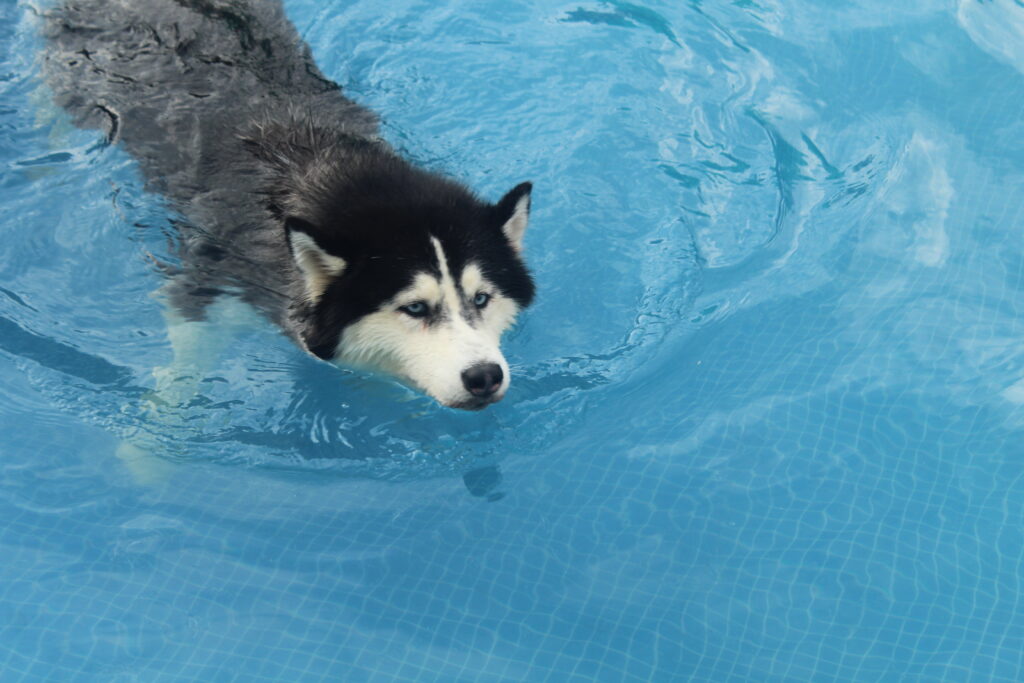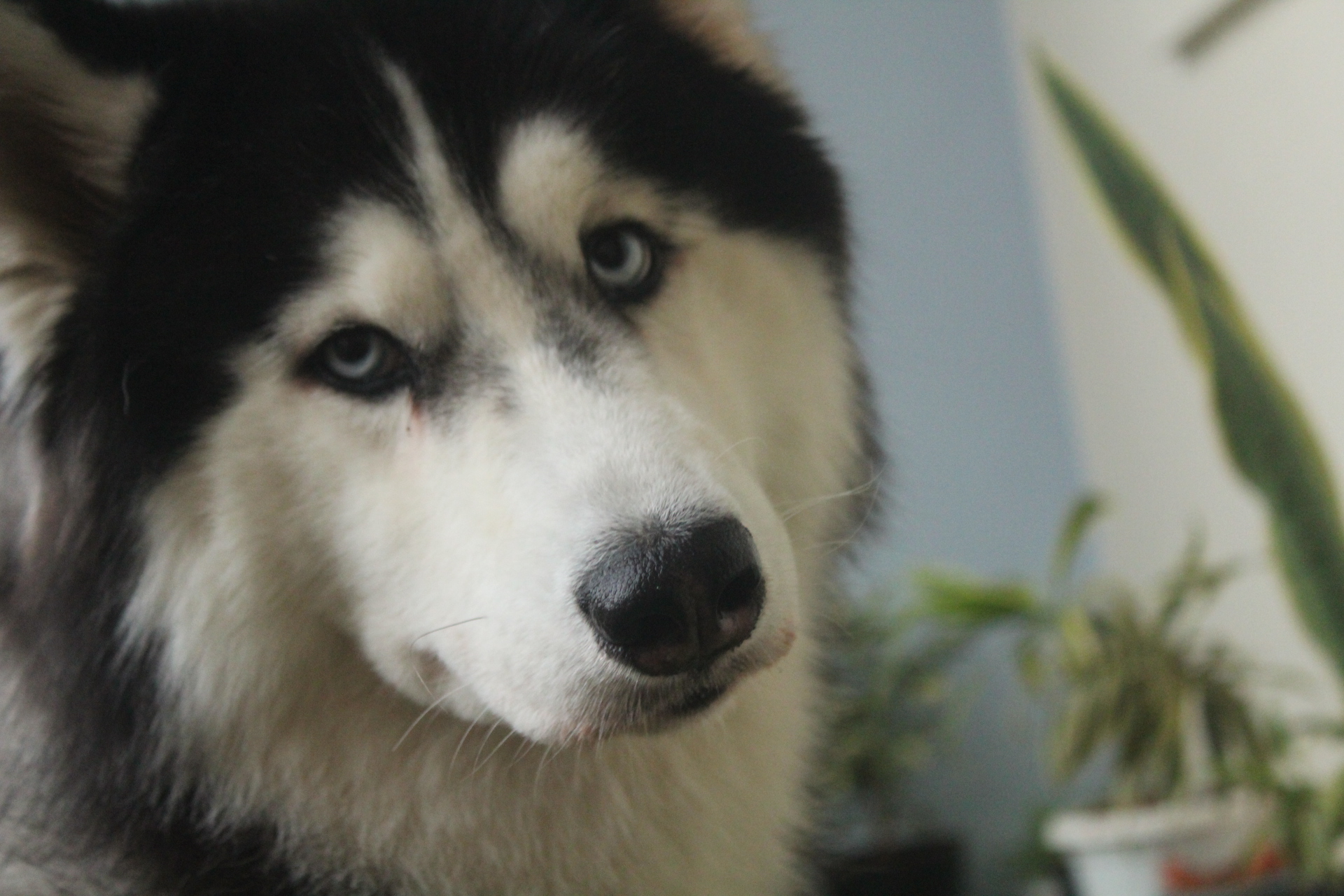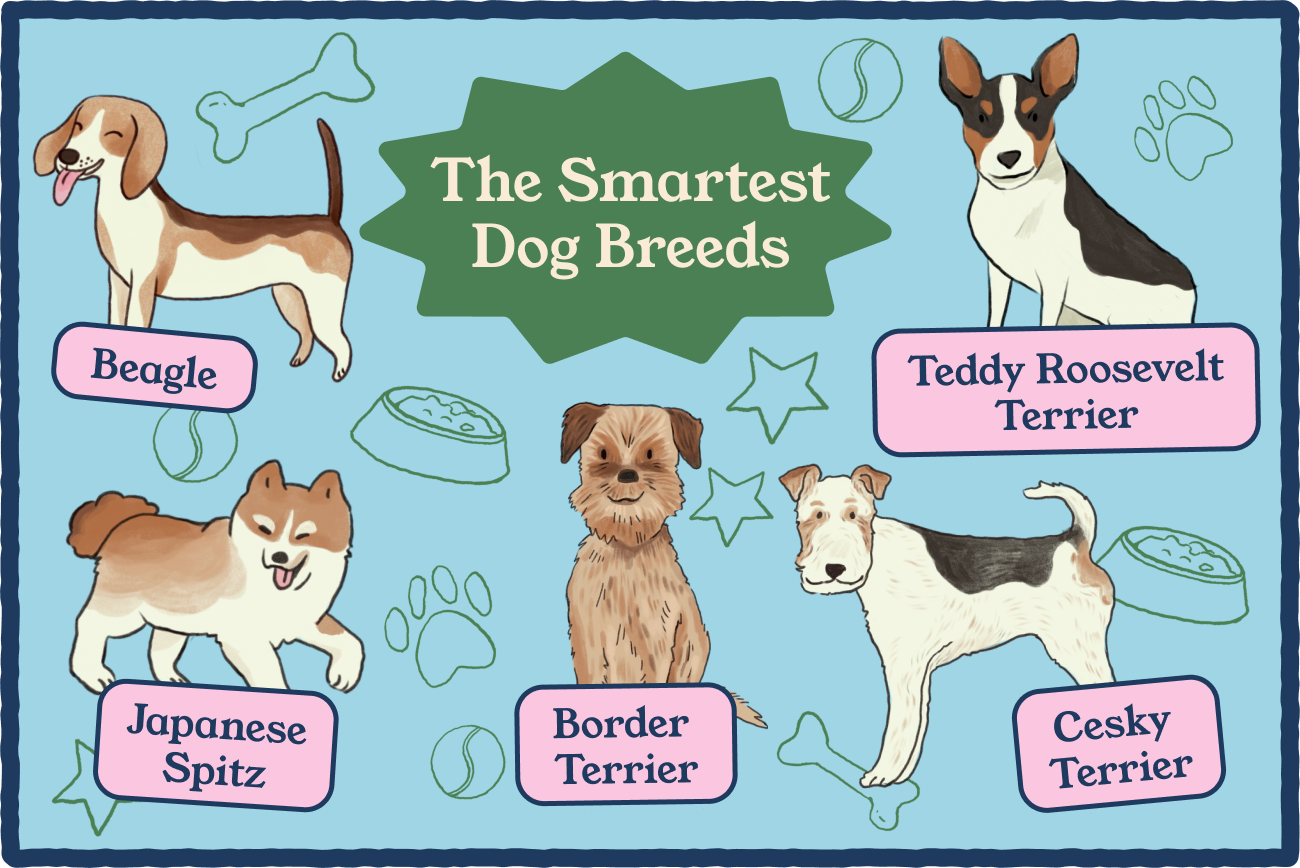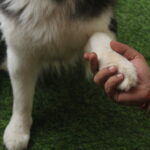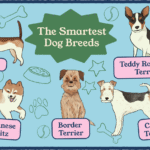Now Reading: Why the Bond Between Dogs and Humans Is So Powerful
-
01
Why the Bond Between Dogs and Humans Is So Powerful
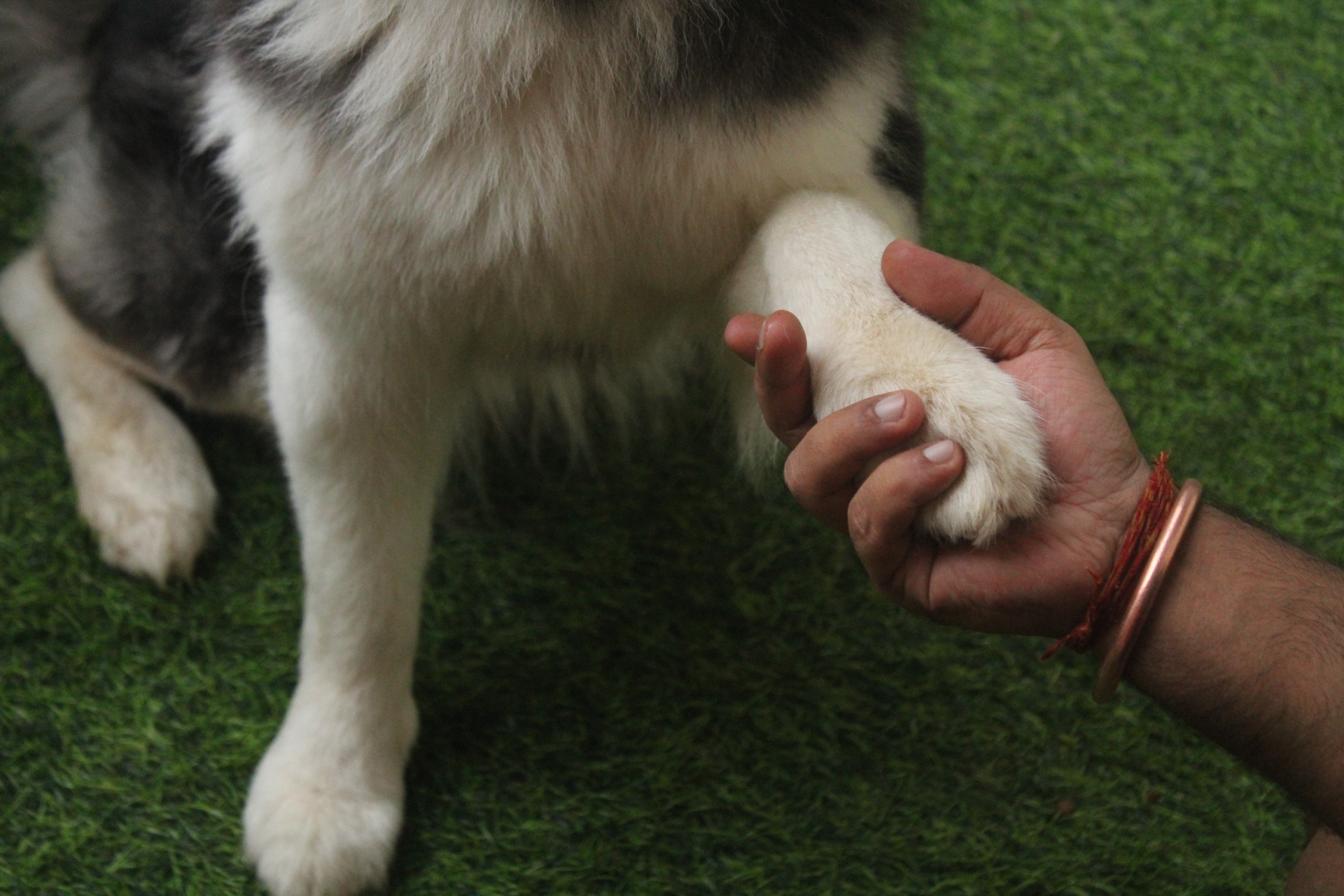
Why the Bond Between Dogs and Humans Is So Powerful
Some souls just come with fur and four paws.
A deep quiet fell as dusk crept in, much like a thick blanket. I was on the couch, my body a curl of comfort after a long, hard day. My sweet Siberian Husky, Kira, came to me then. She moved soft and slow, her head a warm weight on my lap.
Just hours back, I heard the news: Johnny, my in-laws’ dear Indie-Lab mix, had crossed the rainbow bridge. My heart felt torn.
A wave of hurt washed through me, a deep ache. Tears ran free, but then I met Kira’s soft gaze. Her wet nose nudged my hand, a sweet plea for a rub near her ears. In that still moment, I knew I was not by myself. No words were said, but her nearness spoke volumes. It was as if she told me, “I am here. My love for you has no end.”
At times like these, I think of the strong bond between man and dog. It is a link that transcends all words, one that embodies great love and faith. Come, let me take you on a journey to discover how dogs first began bonding with humans and all the small ties that make this bond so strong.
Long Before We Had Homes, We Had Dogs
Our bond with dogs dates back a long way. It was long, long, long, ere towns, or farms, or things we now call “life.” Men found dog bones in old camps that date back near 15,000 years. Some think the tale may have begun 30,000 years ago (Source).
On cold nights, early humans sat by a fire. Wolf-like dogs would draw near, lured by the warmth and the rich smell of a meal. At first, fear was high on both sides. But, in time, fear gave way to trust.
The brave wolves got food for staying near. They likely helped, too, barking to warn humans of harm in the dark, and possibly even assisted in hunting. Bit by bit, they went from being outside to being part of the group. Many who study this believe dogs tamed their kind this way, simply by being close and gradually becoming more attached to humans.
The 14,000-Year-Old Proof That We’ve Always Loved Our Dogs
What’s wild is how fast and deeply dogs came to be part of human life.
And not just as tools or hunters, but as family. There’s a fantastic story from 1914: workers in Germany found a 14,000-year-old grave. In it were a man, a woman, and their dog. And get this, the dog had been very sick with canine distemper, a disease that usually kills quickly. But this pup had survived for weeks (Source).
That means those humans took care of it. They kept the dog warm, fed them, and stayed by their side through the worst of its sickness. And when they died, they buried their dog with them, not as an animal, but as part of their family. Isn’t that just… I was both emotional and amazed when I read it.
Thousands of years ago, people were already grieving the loss of their dogs in the same way we do now. It’s truly comforting to know that our love for them isn’t just a modern phenomenon – it’s always been a part of us.
Dogs helped us live. They stood guard, moved herds, and kept us warm through the night. But they also gave us love, comfort, and faith. And we gave it back. The way we treat our dogs now—like kin, like our young—that’s not new. It’s just part of a bond that’s grown strong for tens of thousands of years. Is that not a bit sweet?
What Makes Dogs So Good at Loving Us
Our bond with dogs isn’t just emotional or historical. It’s hardwired into our biology. In recent years, scientists have discovered fascinating evidence that helps explain why being with a dog feels so good.
One study from Japan found that when dogs and humans gaze deeply into each other’s eyes – those sweet, warm looks we know so well – both bodies produce more of a love hormone, the same substance that helps mothers bond with their babies (Source). In other words, the simple act of eye contact with your dog starts a “love loop” in your brain and your pup’s brain at the same time.
This love drug is often referred to as the “hug drug” or “love drug.” It reduces stress and helps you feel more trusting and close to others. In mothers and babies, looking at each other increases the production of this hormone, which strengthens their bond.
What’s remarkable is that dogs have learned to use this same mother-baby bond trick on humans. When your dog stares at you with those big puppy eyes, it sets off the very same brain response as holding a new baby.
Through the long path of taming dogs, those that could bond closely with humans had a leg up in living and breeding, and so “man’s best friend” altered our deep social drives to form a one-of-a-kind bond between two different species.
Dogs Don’t Just Sense Emotion, They Mirror It
Past these love drug bonds, dogs are also sharp at reading our moods and signs. If you’ve ever felt like your dog “knows” when you’re sad or can “sense” how you think, science says you’re right. Studies have shown that dogs can read human moods by observing our facial expressions and hearing our voices (Source).
In tests, dogs could match a happy or angry voice with a picture of a happy or angry human face, spending more time looking at the face that showed the mood they heard. This means dogs build mind maps of how they feel. They don’t just react to our tone or how we move by gut feel – they read and tell apart our moods in a way we’ve only seen before in apes.
Assuming you’re a dog parent, you must know this: when you’re sad, your dog may whine or nudge you; when you smile and laugh, your dog wags its tail. How we feel can rub off on them. Some scientists refer to this as “mood catch.”
Dogs feel what we feel. They yawn when we yawn, which shows they care and feel close. For instance, when a baby cries, dogs also get stressed, just like we do. And I could see this when my baby boy, Aarav, used to cry or get uncomfortable on certain days. Kira used to sit next to him. Or sometimes looked so uneasy.
Evolution has shaped dogs in other surprising ways to communicate with us. Take the classic “puppy dog eyes” – that soft, pleading gaze with raised eyebrows that no human heart can resist. It turns out dogs developed a facial muscle that their wolf ancestors never had, specifically to create this expression.
Stories That Say It All
Sometimes, the depth of the human-dog bond is best illustrated through stories – the real-life moments when dogs demonstrate almost unbelievable loyalty, care, and courage for the humans they love. One modern case is Sully, the Lab mix who served as the service dog to President George H.W. Bush in the last months of his life.
In 2018, after the 94-year-old President passed away, a photo of Sully broke hearts around the world: the loyal dog lay down next to his late master’s flag-draped coffin, as if standing guard one final time. The caption on the photo was simply, “Mission complete.”
Image Source: America Comes Alive!
In those two words and Sully’s grieving pose, I felt the power of a dog’s love. Sully had been by President Bush’s side during his most frail days – fetching items, opening doors, calling help if needed, but more key, offering constant comfort and friendship.
After Bush died, Sully felt sad and could not rest. He looked for the man he would not see again. The sight of Sully at the service showed what no words could: that dogs, with their big hearts, truly feel grief for us and stay true to the very end.
(Sully’s tale has a good next part – after he finished his job with Bush, he went on to help hurt vets as a therapy dog, giving his love to others who need it.)
He Waited at the Train Station Every Day for 10 Years
Tales of dogs who stay true no matter what fill up books and old stories. The most well-known might be Hachi, the dog from Japan, who became a symbol of true love that never quits.
In the twenties, Hachi lived with a teacher named Ueno, who rode the train to work each day. Hachi would walk to the train stop in Tokyo each day when the sun was high to meet his man, who came back from school.
The two kept to the same plan each day, making other train passengers smile when they saw the dog’s tail move quickly at the sight of his owner. One day in May, the teacher did not come home – he had died all at once from something bad in his brain while at work.
But Hachi did not know that his beloved human was gone. The next day, and the next, and each day for nine years, nine months, and fifteen days, Hachi went back to the train stop at the same time each day, waiting for Ueno to step off the train and walk to him.
Through rain, snow, and heat, the dog kept his watch. At first, the folks at the train stop thought Hachi was lost, and not everyone was friendly to him. However, when a news story reported Hachi’s great love in the year thirty-two, he became known far and wide.
Strangers would come to the train stop just to give him food and pet him as he waited. Hachi’s true heart – waiting each day for a friend who would not return – touched people deeply in Japan as a symbol of pure love.
When Hachi died of old age in March, the year thirty-five, he was mourned by train folks and all who knew him; they took one last photo with Hachi’s body to show their love. He was put to rest next to his teacher, Ueno.
Image Source: Wikipedia
Today, a bronze statue of Hachi still stands outside the train stop, and each year, on March eight (the day he died), people gather to honor the dog who taught the world what true love means.
Generations have heard Hachikō’s story and felt that lump in the throat, imagining the dog at the train station, ears pricked and eyes searching every arriving passenger in hope of seeing his best friend.
These stories, from Hachikō to Sully, may span different eras and circumstances, but they all speak to the same truth. The bond between a dog and their human is built on absolute trust, selflessness, and unconditional love.
What Dogs Mean to Us
What is it about dogs that reaches into the deepest chambers of our hearts?
They are not “just pets.” They are our children, our companions, our comfort. They give us what few humans can: pure, wordless, unwavering love. They don’t care what we earn, how we look, or what we’ve failed at.
To them, we are the sun.
Walk away for five minutes or five hours, and you’ll be met with the same joyous celebration. Wiggles. Licks. That thumping tail that says, “You came back. My day is made.”
In the End
As I sit here, Kira still sleeps beside me, I know the ache of Johnny’s passing will linger. But I also know I’m not alone in it. Every dog parent who has ever loved and lost knows this ache. And they also know this truth:
The bond between humans and dogs is not just emotional, nor is it just historical, nor is it just biological. It is all of those things and something more.
It is a miracle. One with paws and fur and a heartbeat that echoes our own.
And aren’t we the luckiest to know that kind of love in our lifetime?












